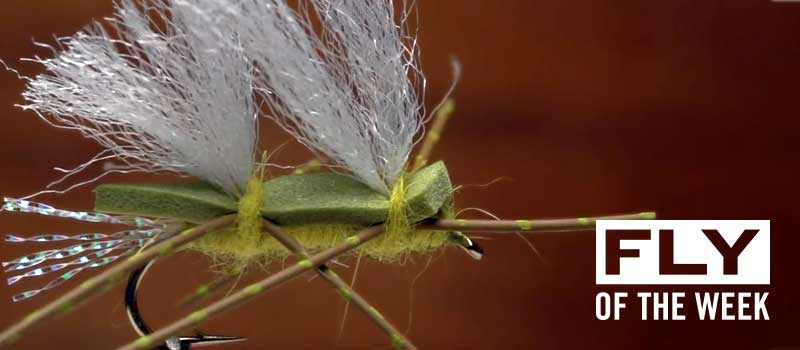I remember the first time I saw the Chubby Chernobyl. It was well into the salmonfly hatch on the Madison — the part of the hatch where the smarter fish would actually come up and nose the fly to make sure it was real before turning around to actually eat it. It takes nerves of steel to not set the hook when a giant brown detaches from a log, hangs under your half-sunken salmon fly pattern and not set the hook when it just taps your fly.
My salmonfly pattern of choice for that season, and several seasons prior had been Nick’s Sunken Stone, a low-riding deer hair and dubbing affair that required frequent and liberal applications of dry shake and floatant. After complaining to my buddy Mike about not being able to see my fly in the angled sun, he pulled out a puck-shaped fly box that looked like it was filled with loose strands of antron, and handed me a bizarre-looking pattern and suggested I give it a shot.
That fly looked like a small teddy-bear floating downstream — but it worked.
From the anglers’ perspective, it looks completely unnatural, but it manages to pull off the two essential traits of any big dry fly. It rides low in the water and is almost laughably visible in all conditions.
Since that first day on the Madison, I’ve caught fish all over the country on the Chubby. I’ve used big ones as salmonflies and smaller ones as golden stones. I’ve used them as hoppers, generic terrestrials, with or without heavy flies hanging off the hook bend.
Tim Flagler shows us how to tie this pattern, and uses a brilliant method of tying in the rubber legs that I’m sure to use the next time I sit down at the vise to crank out some terrestrials.



